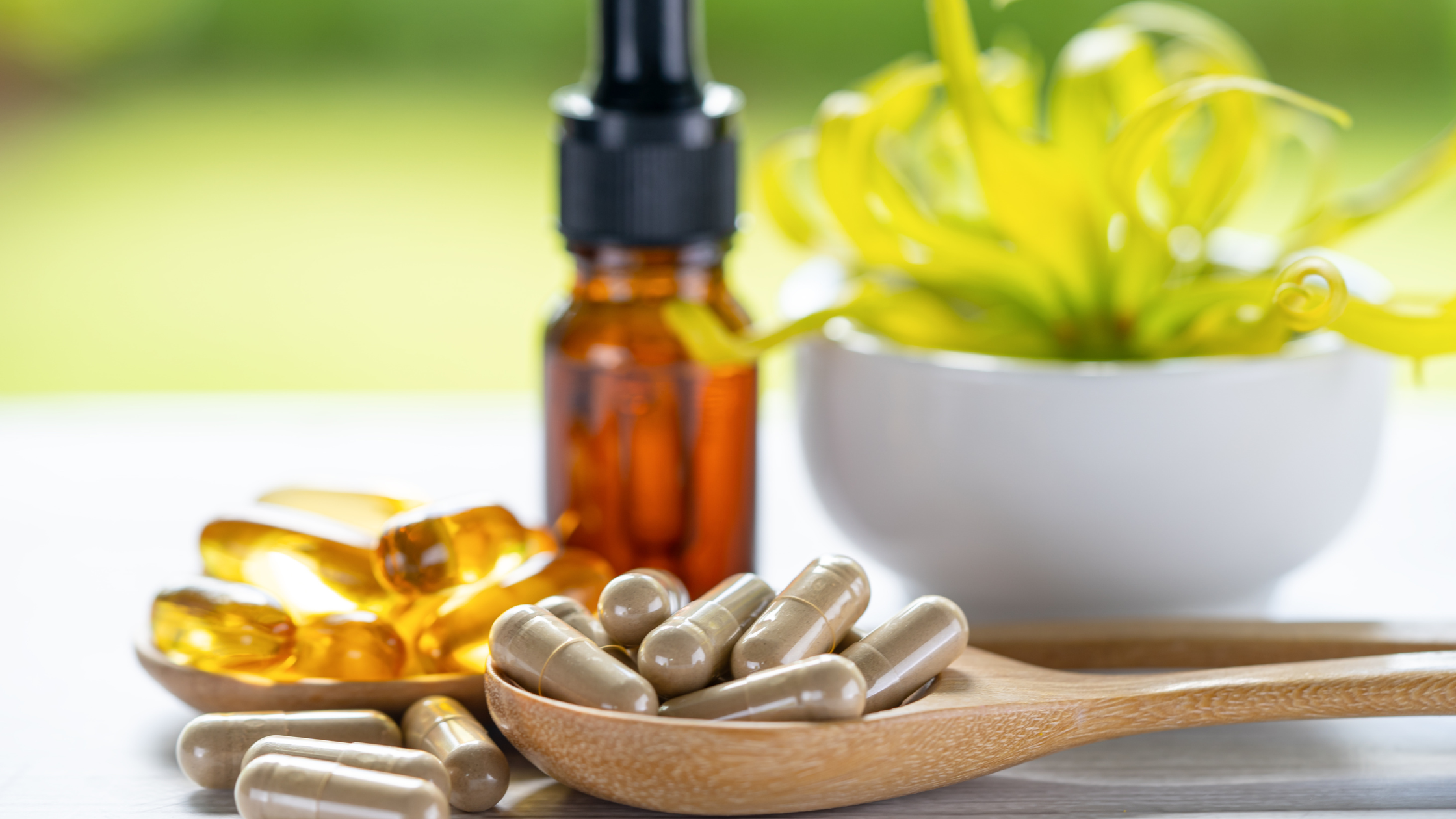


Medically Reviewed By Margaret Etudo. Written By The Vitamins For Woman Team.
Osteoporosis doesn’t just affect older people—it silently weakens your bones long before symptoms show.

Osteoporosis is often called the “silent thief” because it gradually weakens bones over time without noticeable symptoms until a fracture suddenly changes everything.
For millions, that fracture is the first time they even hear the word osteoporosis. But by then, the damage has already been done.
While often associated with aging women, osteoporosis can affect anyone and isn’t just a regular part of getting older.
Osteoporosis prevention is possible—and highly effective when started early. Whether you’re in your 30s, 50s, or beyond, adopting a bone-supportive lifestyle today can help you sidestep complications tomorrow.
Let’s explores six science-backed ways to prevent osteoporosis, natural strategies that help preserve bone density, and how to understand your risk.
Bone health is not just about avoiding fractures. It’s about preserving your ability to walk, bend, lift, and live independently.
When bones become brittle from osteoporosis, everyday movements like climbing stairs or even coughing too hard can cause a break. Hip, spine, and wrist fractures are the most common and are not minor injuries.
Statistics show the scale of the problem. According to the International Osteoporosis Foundation, an estimated 200 million Women worldwide are affected.
In the U.S., nearly 1.5 million fractures each year are attributed to osteoporosis. What’s more alarming is that 20% of people over 50 who suffer a hip fracture will die within a year, and many others will lose their ability to live independently.
That’s why osteoporosis prevention isn’t optional; it’s essential. The earlier you start protecting your bones, the longer you preserve your freedom, strength, and independence.
Starting today, you can take charge of your bone health at any age. Here’s how to prevent osteoporosis naturally with six strategies backed by science.
Calcium is the cornerstone of bone health, the primary mineral found in bones, and an adequate intake is essential for maintaining their strength and structure.
Dairy products like milk, cheese, and yogurt are rich in calcium and highly bioavailable, meaning the body can absorb and use the mineral efficiently.
For those who are lactose intolerant or prefer a plant-based diet, leafy greens like kale, bok choy, and collard greens contain calcium.
The recommended daily intake ranges from 1,000 mg for younger adults to 1,200 mg for postmenopausal women and older men.
Often referred to as the “sunshine vitamin,” vitamin D plays a crucial role in bone metabolism by enhancing calcium absorption in the gut.
Low levels of vitamin D have been strongly linked to decreased bone mineral density and increased fracture risk.
A simple blood test can check your vitamin D level, Optimal blood levels are typically above 30 ng/mL. If your levels are low, supplements may be necessary.
The recommended dietary allowance for adults is 600–800 IU, but some individuals may need 1,000–2,000 IU daily or more under medical guidance.
Exercise doesn’t just build muscle—it strengthens bones. Unlike aerobic activities that mostly benefit the cardiovascular system.
Resistance and weight-bearing exercises stimulate bone-forming cells known as osteoblasts, directly promoting bone growth and density.
Walking, jogging, dancing, and stair climbing count as weight-bearing because they force your body to work against gravity while staying upright.
Studies show that regular Resistance and weight-bearing exercise can reduce bone loss by 1–2% per year in postmenopausal women—a powerful intervention for osteoporosis prevention.
Tobacco and excess alcohol both have toxic effects on bone tissue. Smoking reduces blood flow to the bones, slows production of osteoblasts, and impairs calcium absorption.
According to the CDC, women who smoke may lose bone mass at a faster rate than non-smokers, and men who smoke have lower bone mineral density overall.
Alcohol, when consumed excessively, interferes with vitamin D metabolism and calcium balance.
For osteoporosis prevention, it’s recommended to limit alcohol to no more than one drink per day for women and two for men.
Beyond calcium and vitamin D, several other micronutrients play vital roles in bone health. Magnesium helps convert vitamin D into its active form and supports calcium transport.
Vitamin K2 activates proteins that bind calcium to the bone matrix, preventing it from accumulating in arteries.
Dietary sources are always best. Leafy greens, nuts, seeds, and whole grains provide magnesium. Fermented foods like natto are rich in vitamin K2
If your diet is lacking or you have digestive issues that impair nutrient absorption, a comprehensive bone-supportive supplement might help fill the gaps.
Knowing your bone density is the first step toward managing it. The gold standard for diagnosis is a DEXA scan (dual-energy X-ray absorptiometry), which provides a T-score indicating how your bone density compares to a healthy young adult.
A score of –1.0 or above is normal, between –1.0 and –2.5 indicates osteopenia (low bone mass), and a score below –2.5 is classified as osteoporosis.
Women over 65 should have a baseline DEXA scan, and those with multiple risk factors—including family history, Smoking, or certain medications—may need testing earlier.
Frequency depends on your baseline score and any treatment you begin.
Some people are more susceptible to osteoporosis due to age, genetics, lifestyle, or medical history. The risk factors for osteoporosis include:
Curious about your risk level? If available, you can try an interactive osteoporosis risk calculator from trusted medical websites like the FRAX Tool, which estimates your 10-year fracture risk based on clinical factors and bone mineral density.
Yes, but it depends on the extent of the bone loss and the interventions used. While it’s difficult to fully reverse osteoporosis, certain medications, resistance training, and adequate calcium and vitamin D intake can help slow loss and even regain some density.
Calcium carbonate and calcium citrate are the most common forms. Calcium carbonate is more concentrated and should be taken with food for better absorption. Calcium citrate is easier to digest and doesn’t require food, making it ideal for older adults or those on acid blockers.
A DEXA scan is the gold standard for measuring bone mineral density. Women over 65 # should be screened earlier if there are multiple risk factors. Your doctor may recommend a scan every 1 to 2 years, depending on your results and any ongoing treatment.
Strong bones are the foundation of a strong life. Preventing osteoporosis doesn’t happen overnight—it takes intentional habits, smart nutrition, and consistent movement. But the payoff is huge: fewer fractures, better mobility, and a longer, more independent life.
These six strategies aren’t just recommendations but science-backed steps toward a healthier, more resilient you. So start now, whether in your 30s, 50s, or beyond. Your bones are counting on you.

medically reviewed by margaret etudo, BPharm. written by the vitamins for woman team.